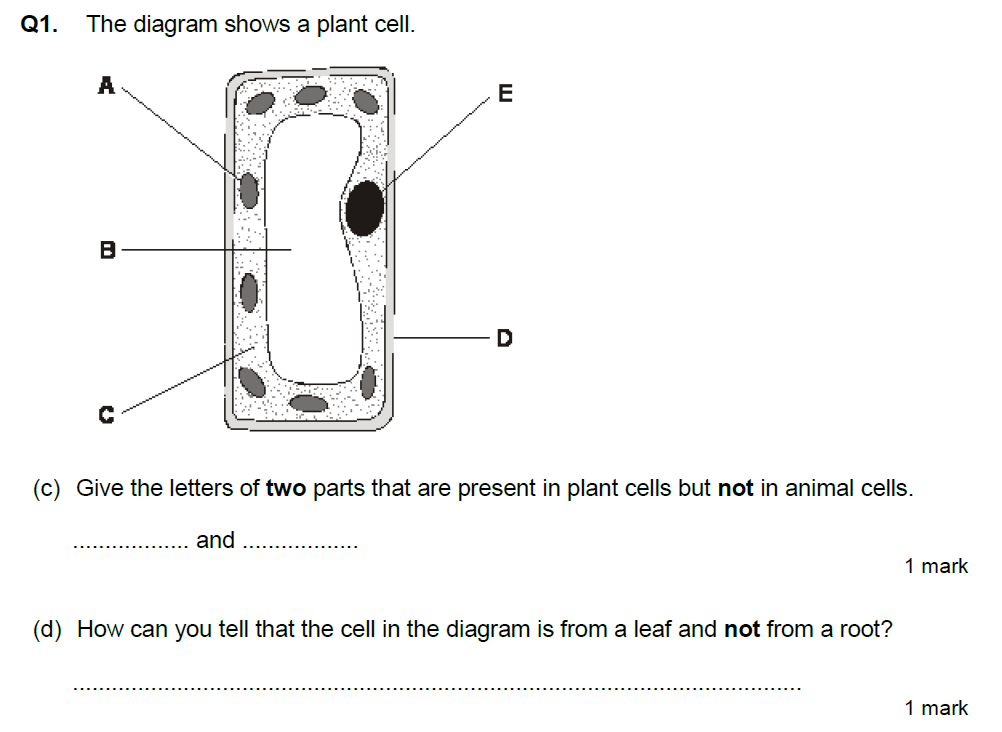13+ Vessels In Plants
The ferns Polypodiopsida are a group of the lower vascular plants. Web Over 300 vessel pits 100 vessel pits per plant from each species were measured.

Insurance And Risk Management Qualified With 13 Years Experience With International Exposure
Plant vessels are made up of a row of cylindrical cells in longitudinal series.

. Transpiration is caused by the evaporation of water at the leafatmosphere interface. The phloem and xylem are the main tissues responsible for this movement. These tubes are the vessels.
These two tissues transport fluid and nutrients internally. Vessel diameters range from 5 to 500 µm and lengths can be up to several meters. Any plant that has a node such as a pothos philodendron or monstera can be propagated in water.
It is also used to replace water lost during transpiration and photosynthesis. Web Vascular system in vascular plants assemblage of conducting tissues and associated supportive fibers that transport nutrients and fluids throughout the plant body. Vascular tissue is a complex conducting tissue formed of more than one cell type found in vascular plants.
The system transports water and soluble mineral nutrients from the roots throughout the plant. Aquatic plants hydrophytes also have their own set of anatomical and morphological leaf adaptations. The perforated areas of the wall are known as perforations.
Web Figure 313. Web Plants like ferns and conifers have xylem straws that are made of slender cells called tracheids. Web A vessel element or vessel member also called a xylem vessel 1 is one of the cell types found in xylem the water conducting tissue of plants.
Characteristic of most flowering plants and absent from most gymnosperms and ferns vessels are thought to have evolved from tracheids a primitive form of water-conducting cell by loss of the end walls. Vessel elements are found in angiosperms flowering plants but absent from gymnosperms such as conifers. Web The vascular plants are divisible into the nonseed plants lower vascular plants or cryptogams and those that reproduce by seeds higher vascular plants or phanerogams.
You can also propagate a piece of a snake plant in water or even a string of hearts or string of. Web Vessel cells which have evolved in several lines of fern evolution and are the principal water-conducting cell type of flowering plants are modified tracheids in which the end walls have lost their primary membranes thus providing direct unimpeded connections for water transport between the cells structure in angiosperms. Web The structure of plant roots stems and leaves facilitates the transport of water nutrients and photosynthates throughout the plant.
Cross section of celery stalk showing vascular bundles which include both phloem and xylem. Water enters a tracheid through pits travels upward through the conduit interior and then flows outward through other pits into an adjacent partially. At maturity these cells die leaving behind a rigid cell wall scaffolding tube to conduct water and minerals.
Web The xylem vessels and tracheids of the roots stems and leaves are interconnected to form a continuous system of water-conducting channels reaching all parts of the plants. Web Vessel elements are barrellike cells with widths of up to 05 millimetre 002 inch in some plants. Web Such plants usually have a much thicker waxy cuticle than those growing in more moderate well-watered environments mesophytes.
The a colorized scanning-electron micrograph shows a closed stoma of a eudicot. These vascular vessels are similar to the closed circulatory system of humans because both systems. However researchers throughout the world are struggling to investigate.
Other groups include the whisk ferns Psilotophyta club and spike mosses Lycophyta and horsetails. Elongated tube-like structures for the conduction of solutes and water are known as vessels. Openings called stomata singular.
Vessel elements are arranged end to end. Web By having these vessels plants can move necessary supplies farther and therefore grow larger. Embolus stopper and such a vessel or tracheid is said to.
Web All you need to do is cut a piece of a plant off that has a node. Phloem tissue is responsible for translocation which is the transport of soluble organic substances for example sugar. Each stoma is flanked by two guard cells that regulate its b opening and closing.
Web March 13 2020 6 AM PT When it comes time to select vessels and pots to contain our indoor plants and greenery the hardest part is choosing between an assortment of designs in every size and. Web Soil-borne plant pathogens pose a significant threat to plants and their management is comparatively more difficult than other plant pathogens because of their nature of the hidden enemy long persistency in soil vast genetic diversity and host range Katan 2017. The partition walls of these vessels are perforated.
Plants are suited to their local environment. Scale bars 200 µmThe two. It creates negative pressure tension equivalent to 2 MPa at the leaf surface.
Here we describe the pathways and mechanisms driving water uptake and transport through plants and causes of flow disruption. Web The United Auto Workers union said that the 1100 workers at the Ultium Cells plant near Warren Ohio will get 3 to 4 per hour increases as well as thousands of dollars in back pay. Their end walls are partly or wholly dissolved and rows of such cells thus form long capillaries tubes up to several metres in length.
To measure the dimensions of vessel pits both outer and inner surfaces of the vessel walls were photographed. The two primary vascular tissues are xylem and phloem. The primary components of vascular tissue are the xylem and phloem.
The blocking of a xylem vessel or tracheid by an air bubble or cavity is called as embolism Gr. Web Vessels which are made up of individual cells called vessel elements can be much wider and longer. Like tracheids vessel elements are dead at.
Water potential evapotranspiration and stomatal regulation influence how water and nutrients are transported in plants. Web Transpiration is the loss of water from the plant through evaporation at the leaf surface. Vessel elements are the main feature distinguishing the hardwood of angiosperms from the.
Web How does water move through plants to get to the top of tall trees. Stoma allow a plant to take up carbon dioxide and release oxygen and water vapor. Tracheids top and vessel elements bottom are the water conducting cells of xylem tissue.
Web vessel also called trachea in botany the most specialized and efficient conducting structure of xylem fluid-conducting tissues. Web Cavitation occurs in xylem of vascular plants when the tension of water within the xylem becomes so high that dissolved air within water expands to fill either the vessels or the tracheids. Web Xylem tissue micrographs of current year growth from a wide-diameter root a b and a narrow shoot c d showing the large variability in vessel dimensions found within the plant bodyThe two micrographs on the left a c are both cross sections of the xylem that were taken at the same magnification.
Flowering plants have an additional type of xylem tissue called a vessel element. It is the main driver of water movement in the xylem. Tracheids and vessel elements.
Pop it in water and watch as your little cutting grows roots and new leaves. Web Vessels in plants.

Aldenham School 13 Plus Biology Exam Paper 2020 Piacademy Tutors

Plant Biology Plant Tissues Shmoop

13 Amazing Things To Do In Little Rock Arkansas

Angiosperm Vascular Tissue Flower Pollination Britannica
Are The Similarities In Growth Patterns Between Mammalian Veins And Tree Roots Just Happenstance Quora

Vessel Cell Plant Anatomy Britannica

Amazon Com Blood Pressure Support 13 Vitamins Herbs Blood Pressure Supplements With Folic Acid Vitamin C B6 B12 Vitamins Hawthorn Olive Leaf Garlic Hibiscus For Blood Pressure Heart

Lw3 Worksheet

Structure Of Flowering Plants Lcbiology

Animals Lion Tiger Elephant Giraffe Orangutan Monkey Rhino Panda Okapi Coyote Flying Squirrel 13 Youtube

What Is The Role Of Xylem Vessels In A Plant
![]()
Plant Tissues Vascular Atlas Of Plant And Animal Histology

9 1 Transport In The Xylem Of Plants Sl Hl 1 Biology 7 Ferguson

Yesterday S Island Today S Nantucket Vol 50 Issue 13 Edition 2020 By Yesterday S Island Today S Nantucket Issuu

Vessel Structure Function Development Britannica

Yolk Sac Vessels At Day 4 Observed By Reflection Illumination Example Download Scientific Diagram

Structural Features Of Xylem Vessels Of Vascular Plants And Download Scientific Diagram